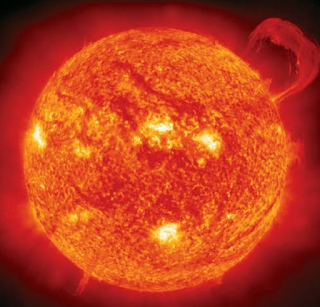echidna a strange animal
- Get link
- X
- Other Apps
echidna a strange animal
Echidna is a strange creature found especially in the Australian continent. Like the platypus, this mammal not only lays eggs to carry forward its progeny, but also provides milk to its young. Echidnas are found more in areas where there is an abundance of ants and termites. The head of this slow-moving creature is round and bulging like a bulb. Instead of a nose, there is a long snout for collecting food. Its sticky tongue comes out of the mouth up to 17 cm.
Echidna does not have teeth in its mouth. It spends its whole life on the diet of ants and termites. The whole body of this creature is surrounded by sharp thorns. The skin between the genes has soft hairs. That's why there is no fear of ants and termite bites. On sensing any other type of danger, it tries to protect itself in the form of a shell by sharpening its thorns, or hides itself by digging the soil. The male echidna has a spiny bone on its back foot, but it does not have a spine. It is generally a reclusive creature. At birth, its baby does not have hair or thorns on its skin. Echidnas are not easily seen in the wild of Australia. Because they are cowardly and shy animals.
UNESCO World Heritage Site
🛑The Stuwe Geodetic Arch is spread over 10 countries.
👉The Stuve Geodetic Arch is a series of triangulations from Hammerfest in Norway to the Black Sea, which spans 10 countries(Norway, Sweden, Finland, Russia, Estonia, Latvia, Lithuania, Belarus, Moldova, Ukraine) and covers an area of more than 2,820 km. With its help, the first accurate measurement of the longitude line was done.
The series was established by a German-born Russian scientist, Friedrich Georg Welham van Stuve, in the years 1816 to 1855 to prove the exact size and shape of the Earth. The first point of the arch is located at Tartu Observatory in Estonia, where Stuve did most of his research. This area was included in the UNESCO World Heritage List in the year 2005. Measuring this triangle series includes 258 main triangles and 265 geological peaks.
Read more 👇
Our Blog--kpssuresh.blogspot.com
- Get link
- X
- Other Apps





Comments
Post a Comment